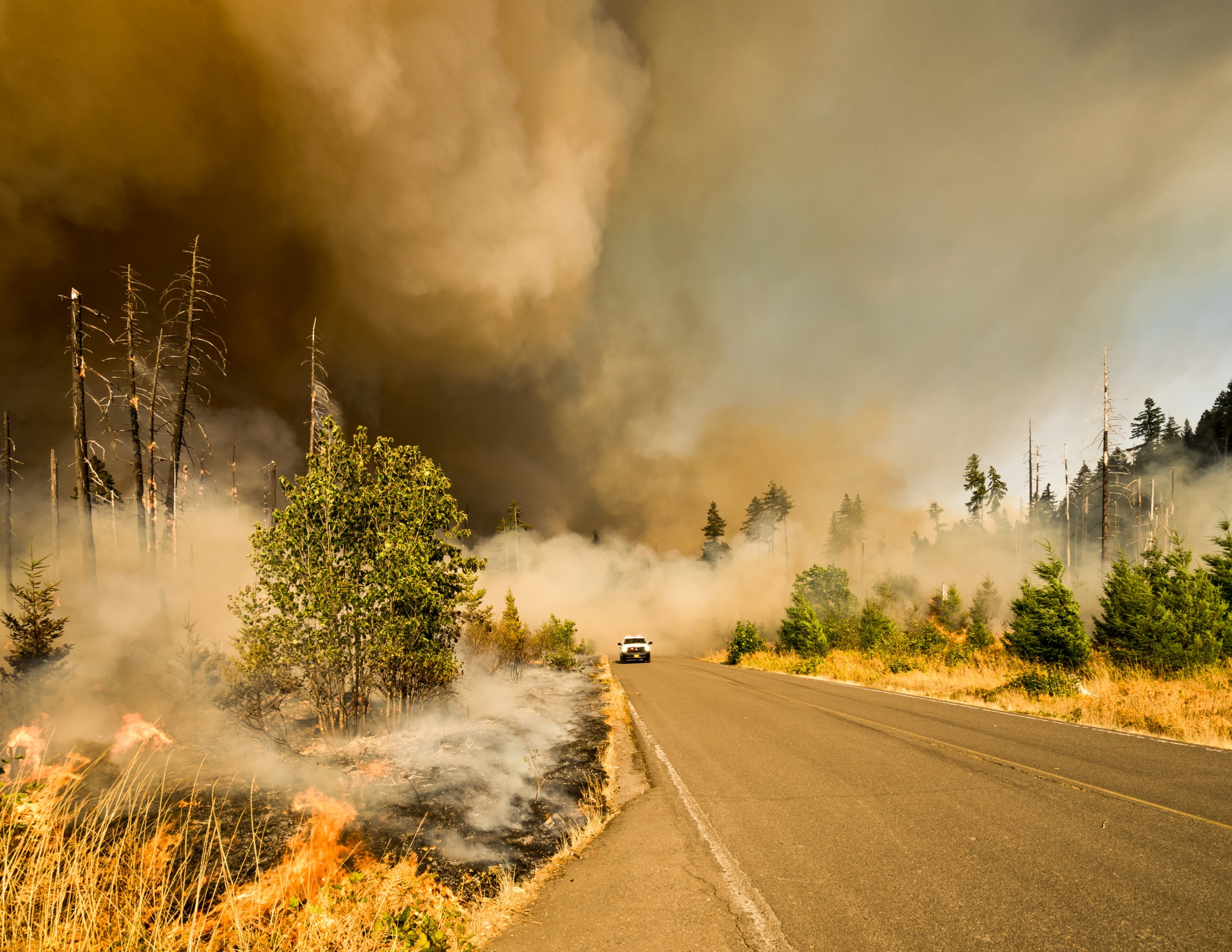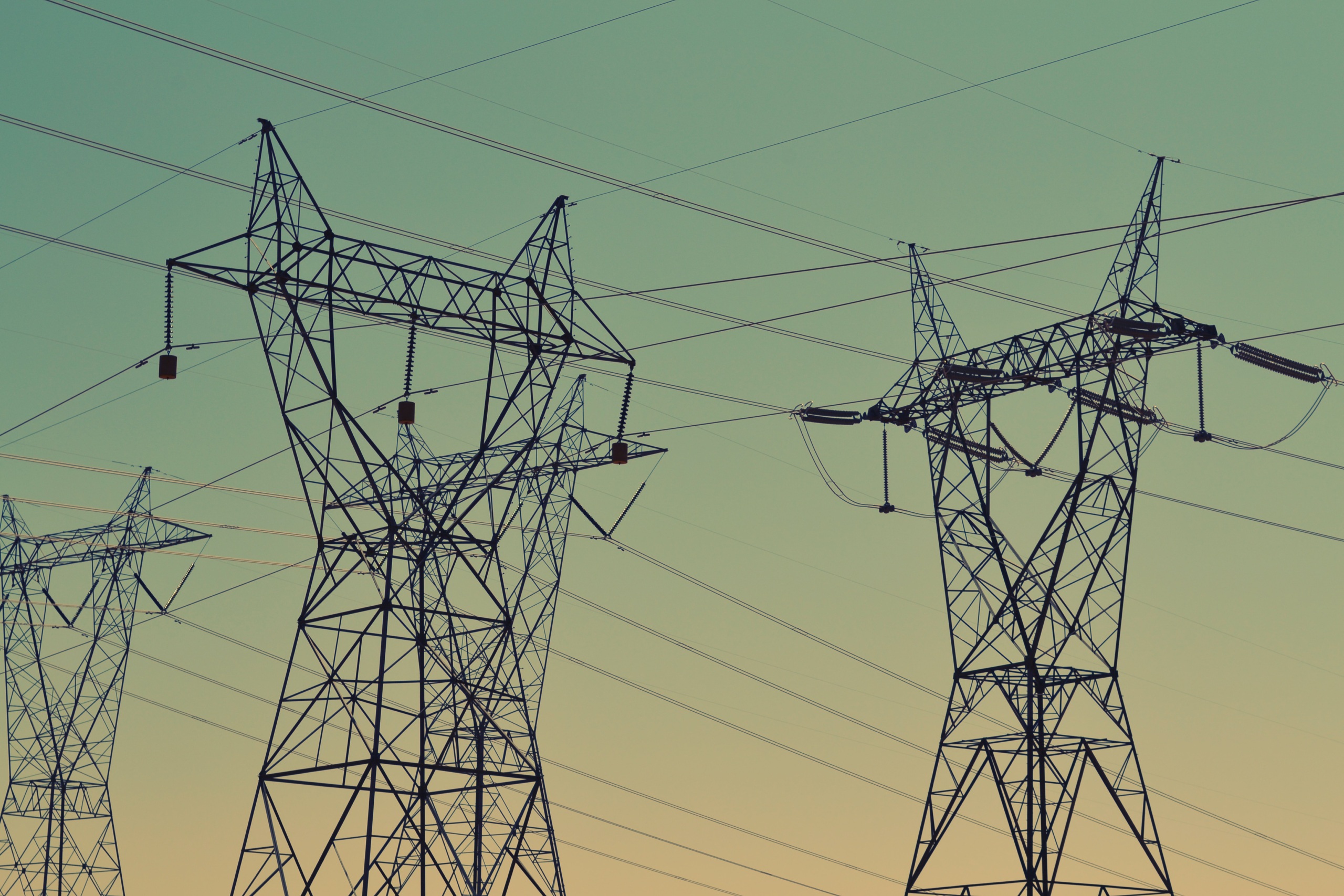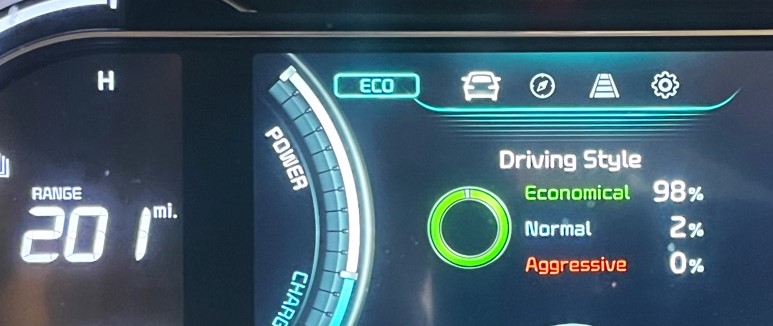
The Carbon Boom
The early effects of global warming are already evident across the United States and worldwide. The past nine years have all been among the 25 warmest for the contiguous United States, a streak unprecedented in the historical record. If emissions are left unchecked, temperatures will continue to rise, and the effects of global warming will become more severe. This report examines trends in U.S. global warming pollution nationally and by state and concludes that the failure to limit emissions nationwide has allowed global warming pollution to grow out of control.
Downloads
Environment Michigan Research and Policy Center
The early effects of global warming are already evident across the United States and worldwide. The past nine years have all been among the 25 warmest for the contiguous United States, a streak unprecedented in the historical record. If emissions are left unchecked, temperatures will continue to rise, and the effects of global warming will become more severe. This report examines trends in U.S. global warming pollution nationally and by state and concludes that the failure to limit emissions nationwide has allowed global warming pollution to grow out of control.
In February 2007, the Intergovernmental Panel on Climate Change (IPCC), a United Nations body charged with assessing the scientific record on global warming, found that the evidence of global warming is “unequivocal” and concluded, with more than 90 percent certainty, that human activities are responsible for most of the observed rise in global average temperatures since the mid-20th century. If current trends in emissions continue, the IPCC projects that temperatures will increase anywhere from an additional 1.1° to 6.4°C (2° to 11.5°F). The consequences of this increase in global temperatures will vary from place to place but will include sea level rise, heat waves, drought, increasingly intense tropical storms, loss of plant and animal species, decreased crop yields, decreased water availability, and the spread of infectious diseases.
The United States is the largest worldwide contributor to global warming, releasing almost a quarter of the world’s carbon dioxide, the primary global warming pollutant. Power plants, cars, and light trucks are the largest U.S. sources of carbon dioxide.
Existing technology could substantially reduce global warming pollution by making power plants and factories more efficient, making cars go farther on a gallon of gasoline, and shifting the country to clean, renewable energy sources, such as wind and solar power.
Unfortunately, the U.S. government so far has rejected mandatory limits on global warming pollution, allowing carbon dioxide emissions to rise unabated.
Using the most recent state fossil fuel consumption data from the Department of
Energy, this report examines trends in carbon dioxide emissions nationally and by state for the 15 years spanning 1990 to 2004. Our major findings include the following:
Carbon dioxide pollution is on the rise.
•Carbon dioxide pollution from fossil fuel consumption is on the rise in the United States, increasing by 18 percent between 1990 and 2004.
•Electric power plants and the transportation sector—particularly cars and light trucks—drove the increase in emissions nationwide. Between 1990 and 2004, U.S. carbon dioxide emissions from the electric power sector jumped by 28 percent and from the transportation sector by almost a quarter (23 percent).
•Carbon dioxide emissions increased the most in the Southeast, Great Lakes/Midwest, and Gulf South regions over the 15 year period. The states experiencing the largest absolute increases in carbon dioxide emissions between 1990 and 2004 are Texas, Florida, Illinois, North Carolina, and Georgia.
The electric power sector was the primary factor driving the increase in U.S. carbon dioxide emissions between 1990 and 2004.
•The electric power sector accounted for more than half (55 percent) of the U.S. emissions increase. Rising electricity demand from residential, commercial and industrial consumers spurred this rapid increase in carbon dioxide emissions from the electric power sector.
•Coal-fired power plants accounted for most of the increase in carbon dioxide emissions from the electric power sector. Between 1990 and 2004, U.S. carbon dioxide emissions from coal-fired power plants increased by a quarter, accounting for three-fourths of the emissions increase in the electric power sector and 42 percent of the nation’s overall increase in carbon dioxide emissions.
•The states that experienced the largest absolute increases in carbon dioxide emissions from coal-fired power plants between 1990 and 2004 are Illinois, Texas, Missouri, North Carolina, and Indiana.
•Between 1990 and 2004, U.S. carbon dioxide emissions from natural gas consumption in the electric power sector increased by more than two thirds (almost 70 percent), accounting for 13 percent of the nation’s overall increase in carbon dioxide emissions.
•The states that experienced the largest absolute increases in carbon dioxide emissions from natural gas-fired power plants between 1990 and 2004 are Florida, Texas, Arizona, California, and Nevada.
The transportation sector also played a major role in driving up U.S. carbon dioxide emissions between 1990 and 2004.
•The transportation sector accounted for 40 percent of the nation’s overall increase in carbon dioxide emissions during this time period.
•Cars and light trucks were responsible for most of the increase in carbon dioxide emissions from the transportation sector. Between 1990 and 2004, carbon dioxide emissions from motor gasoline consumption increased by almost a quarter (22 percent), accounting for more than half of the emissions increase in the transportation sector.
•The states with the largest absolute increases in carbon dioxide emissions from motor gasoline consumption between 1990 and 2004 include Texas, Florida, California, Georgia, and Arizona.
The longer we wait to reduce global warming pollution, the harder the task will be in the future. Many U.S. states have started taking important steps to cut global warming pollution within their borders, but the global warming problem also demands a national solution. Key components of an action plan to cut global warming pollution include:
•Establishing mandatory, science-based limits on global warming pollution that reduce emissions from today’s levels by the end of the decade, by at least 15-20 percent by 2020, and by at least 80 percent by 2050.
•Reducing our dependence on fossil fuels by making our homes and businesses more energy efficient, making our cars and SUVs go farther on a gallon of gasoline, and generating more electricity from renewable energy sources.
Topics
Find Out More


Carbon dioxide removal: The right thing at the wrong time?

Fact file: Computing is using more energy than ever.

